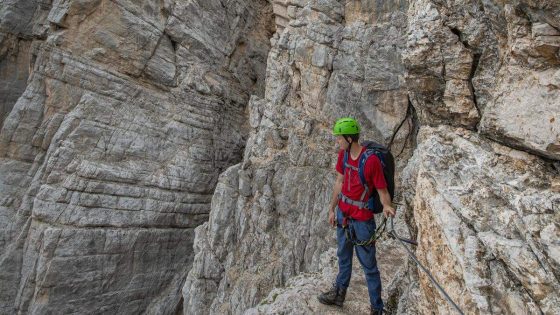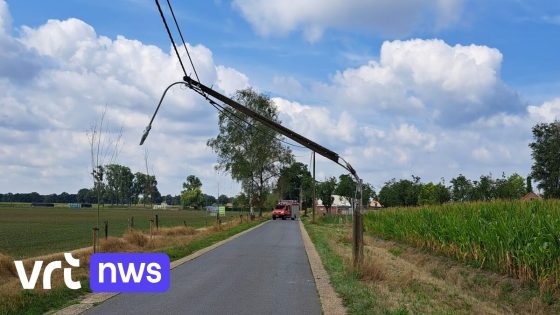A 60-year-old British hiker’s risky decision to ignore closure signs on the Via Ferrata Berti in the Italian Dolomites highlights the dangers of mountain hiking. On 2025-08-05 11:09:00, despite clear warnings about landslides, the man ventured onto the rocky path at 2,500 metres altitude, triggering a costly rescue operation.
- British man ignored closure signs, climbed Via Ferrata
- Rescue took 93 minutes, involved two helicopters
- Brexit caused British man to pay full rescue cost
- Two Belgians rescued earlier paid reduced fees
- Authorities urge tourists to respect mountain safety
- Increased rockfall due to extreme heat in Dolomites
The incident underscores the importance of respecting mountain safety rules, especially in areas prone to rockfalls. The British hiker’s panic call around 15:30 led to a 93-minute helicopter rescue involving two helicopters and multiple rescuers. Such dramatic events raise questions: how often do tourists underestimate mountain risks? And what responsibilities do they bear when ignoring official closures?
For Belgian outdoor enthusiasts, this story serves as a crucial reminder about mountain safety and the potential financial consequences of ignoring warnings. It also contrasts with a recent rescue of two Belgian hikers in similar conditions, who faced a much smaller bill due to EU membership benefits.
Why do some hikers still take such risks despite clear warnings? This case shows that:
- Mountain closures exist due to real dangers like increased rockfalls from extreme heat.
- Ignoring signs can lead to life-threatening situations and expensive rescues.
- EU citizens, including Belgians, benefit from reduced rescue costs compared to non-EU tourists.
- Respecting nature and safety protocols protects both visitors and rescue teams.
As climate change intensifies mountain hazards, Belgian hikers must prioritise caution and preparation. Will you respect closures and protect yourself on your next alpine adventure?































